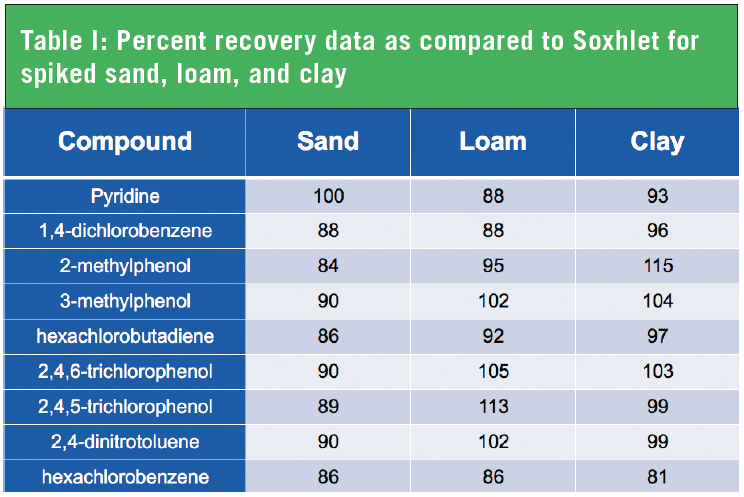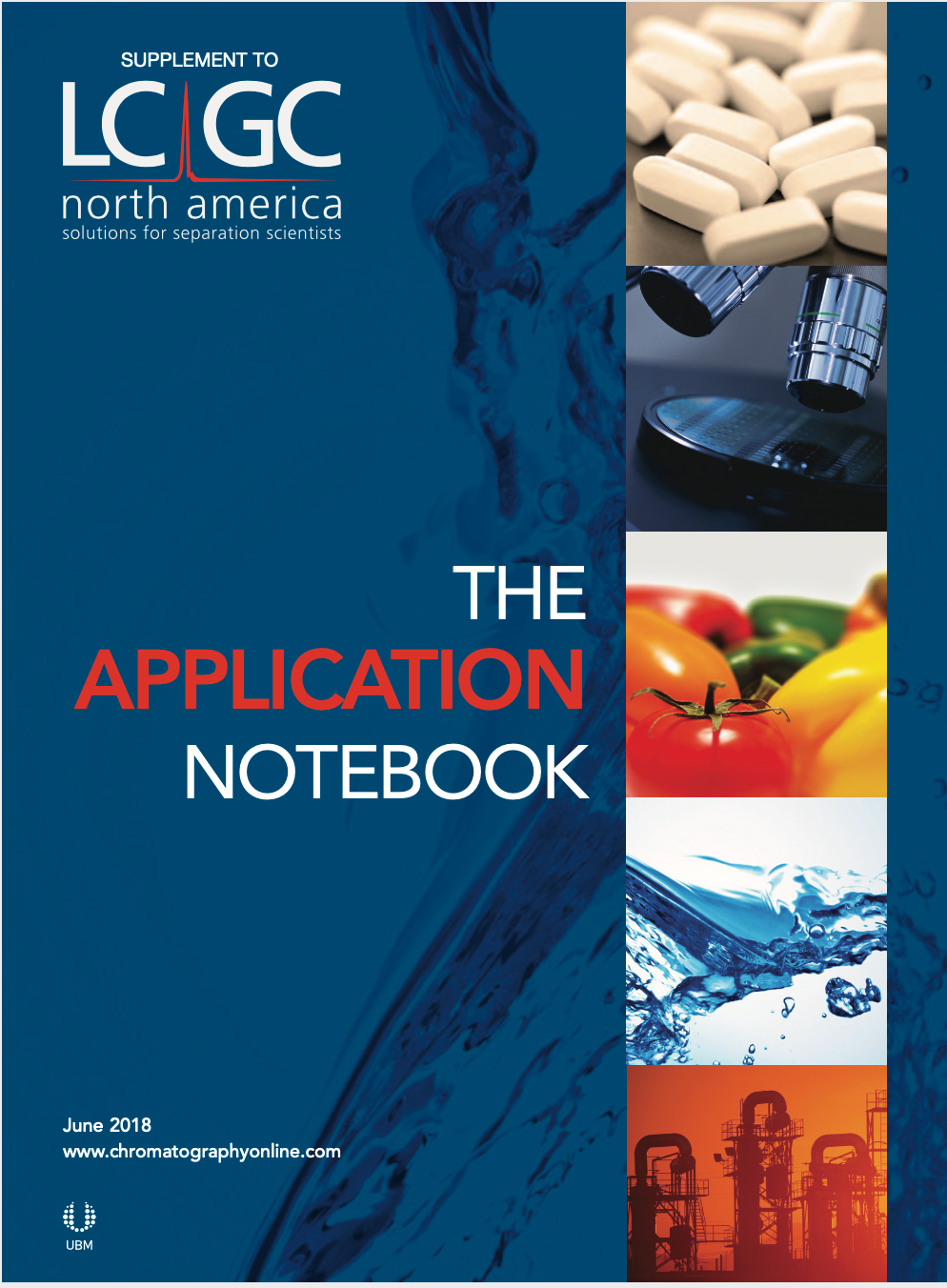CEM Corporation - Rapid Extraction of Semi-Volatile Organic Compounds from Soil in Accordance with EPA 3545
Semi-volatile organic compounds (SVOCs) are a subgroup of volatile organic compounds (VOCs) that have a high molecular weight and high boiling points. They are primarily composed of pesticides and herbicides. Prolonged exposure to these compounds, especially indoors, raises a public health concern as many of these compounds have been listed by the US EPA as hazardous air pollutants (HAPs). This classification applies to pollutants that can cause serious health effects such as: allergies, asthma, endocrine and thyroid disruption, reproductive toxicity, fetal and child development delays, and cancer.
Due to their persistent nature, SVOCs continue to accumulate and concentrate in our environment. To ensure our safety, these compounds must be extracted, identified, and quantified. EPA 3545 is a method for the extraction of water-insoluble or slightly water-soluble volatile and semi-volatile compounds in soils, clays, sediments, sludges, and waste solids. It is typically used for SVOC analysis. The EDGE™ Extraction System from CEM meets the requirements of EPA 3545 while yielding an efficient extract that is filtered, cooled, and ready for analysis in under 5 min.
Instrumentation
The EDGE combines the process of pressurized fluid extraction and dispersive solid-phase extraction in one instrument, yielding rapid and efficient extracts every time. The easy-to-assemble Q-Cup™ sample holder offers a unique open cell concept that creates a dispersive effect to promote rapid extraction and filtration. Soil samples from 1 g to 30 g can be extracted and NaSO4 (or other additives) can be included with the sample as needed. The EDGE will use only 40 mL of solvent per extraction, including solvent for diffusive extraction, sample rinse, and cleaning of the system.
Procedure and Method
Ten g of sand, loam, or clay samples spiked with 250 µL of spike solution were weighed into an assembled Q-Cup containing a Q-Disc™. The Q-Cups were placed in the EDGE removable rack with collection vials and the rack was positioned in the EDGE. The pre-programmed One Touch Method™ for EPA 3545 was used. Upon extraction completion, the extracts were injected into the Agilent 7890A with a 5975C MSD for analysis adhering to EPA 8270. A Phenomenex ZB-5MSplus 30 m, 0.25 mm column was used.
Samples
Sand, loam, and clay purchased from Sigma Aldrich were spiked with SPEX CertiPrep TCLP Base/Neutral/Acid Extractable Spike Solution in Methylene Chloride (Part#: TCLP-BNA). All samples were extracted via the EDGE and Soxhlet. A 50:50 mixture of acetone-hexane was used as the extraction and rinse solvent. The system was washed with hexane and acetone.

Table I: Percent recovery data as compared to Soxhlet for spiked sand, loam, and clay
Results and Discussion
The EDGE extracted sand, loam, and clay samples in under 5 min, including filtration, cooling, and system washing. No post clean up, solvent exchange, or concentration was necessary. The extracts were directly injected into the GC-MS for analysis. The recoveries for all three types of spiked soil were comparable to Soxhlet. Table I shows the % recoveries as compared to Soxhlet from spiked soil of some difficult to extract semi-volatile organic compounds. The high % recoveries of EDGE extractions shows that EDGE is a suitable tool for SVOC extraction per EPA 3545.

CEM Corporation
P.O. Box 200, Matthews, NC 28106
tel. (704) 821-7015, (800) 726-3331, fax (704) 821-7894
Website: www.cem.com

Separation of Ultra-Short and Long Chain PFAS Compounds Using a Positive Charge Surface Column
December 11th 2024A separation of ultra-short and long chain PFAS (C1-C18) is performed on a HALO®PCS Phenyl-Hexyl column along with a HALO®PFAS Delay column which demonstrates excellent retention for both hydrophilic and hydrophobic analytes.

.png&w=3840&q=75)

.png&w=3840&q=75)



.png&w=3840&q=75)



.png&w=3840&q=75)








